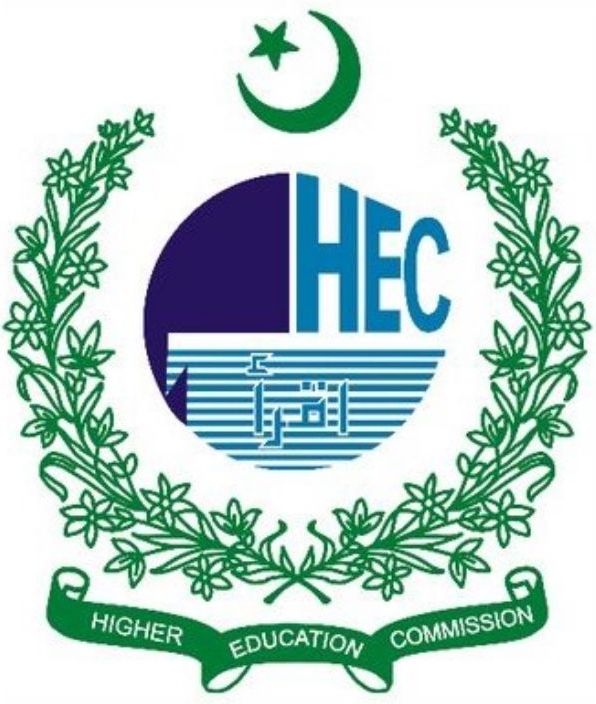Water Scarcity and Its Impact on Agricultural Livelihoods in Rain-Fed Areas of Punjab, Pakistan: A Quantitative Assessment
DOI:
https://doi.org/10.63056/ACAD.004.03.0807Keywords:
Water stress, livelihood vulnerability, gender disparities, climate adaptation, PunjabAbstract
Water scarcity poses an existential threat to rain-fed agricultural communities in Pakistan’s Potohar region. This study examines the socio-economic and environmental impacts of water stress in Chakwal, Attock, and Rawalpindi districts through a mixed-methods approach combining household surveys (n=600), climate data analysis (2016–2023), and remote sensing. Key findings reveal a 38.2% decline in wheat yields (p<0.01) and 41.7% reduction in maize production correlated with a 24% decrease in monsoon rainfall (Mann-Kendall τ = -0.72). Economically, 67% of households reported income losses exceeding 40%, forcing 58% into debt cycles. Gender disparities were stark: women spent 4.3 hours/day collecting water versus 1.9 hours for men (t-test, p<0.001). Spatial analysis identified western Chakwal as the most vulnerable zone (NDVI decline = 32%). The study highlights critical gaps in existing adaptation strategies, with only 28% of farmers adopting water conservation techniques. Using multivariate regression, we identify farm size (β=0.42), access to credit (β=0.37), and female education level (β=0.29) as key resilience determinants. These findings underscore the urgency for policy interventions targeting: (1) decentralized water harvesting infrastructure, (2) climate-smart agriculture subsidies, and (3) gender-inclusive governance frameworks. This research contributes empirical evidence to achieve SDG 6 (clean water) and informs Pakistan’s National Water Policy 2023 implementation in semi-arid agroecosystems.
Downloads
Published
Issue
Section
License
Copyright (c) 2025 Mehak Zahra, Nayab Idrees, Aryaan Bhatti, Muhammad Shakeel, Anjum, Wajiha Kanwal (Author)

This work is licensed under a Creative Commons Attribution 4.0 International License.















